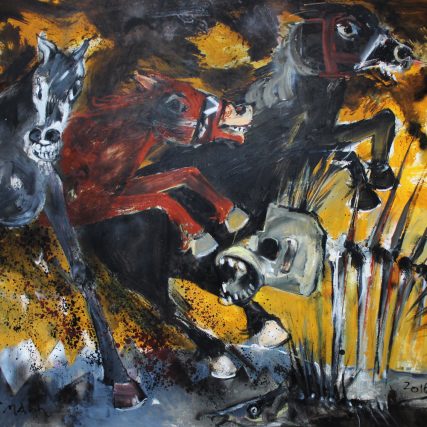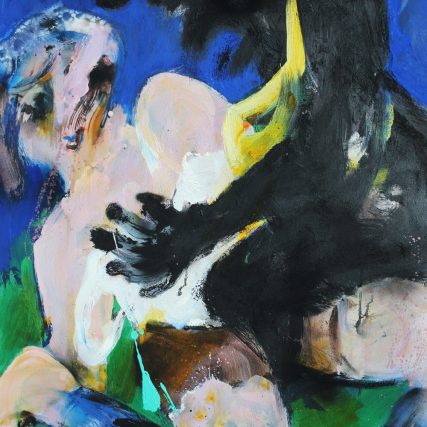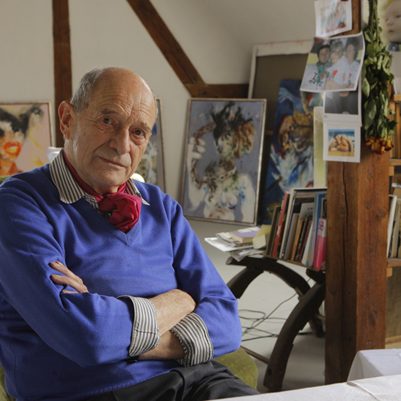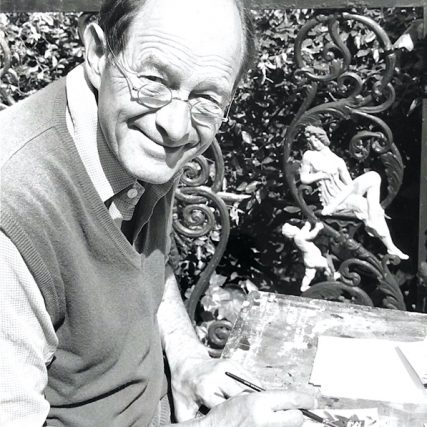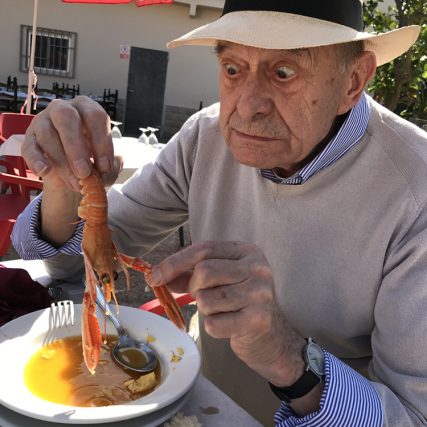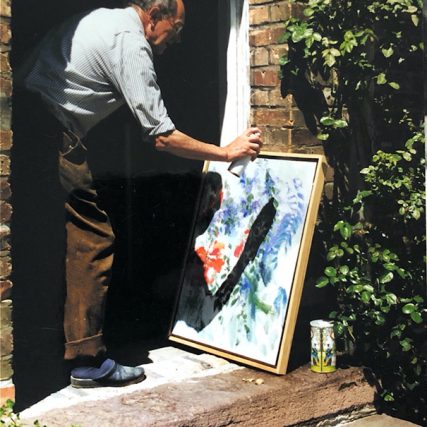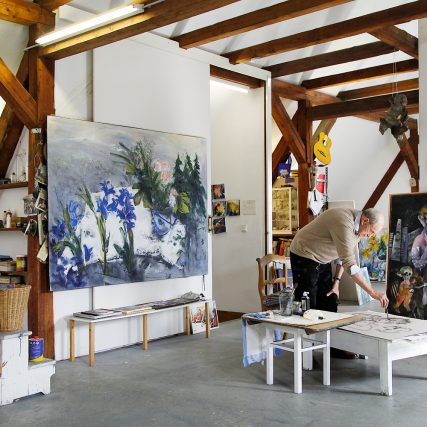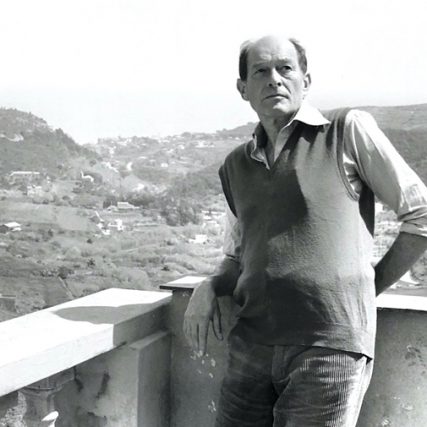In addition, the works of the German artist can be found in public institutions and banks, such as the Federal Commissioner for the Stasi Records Authority in Magdeburg.
VITA
Karl Oppermann (1930 - 2022)
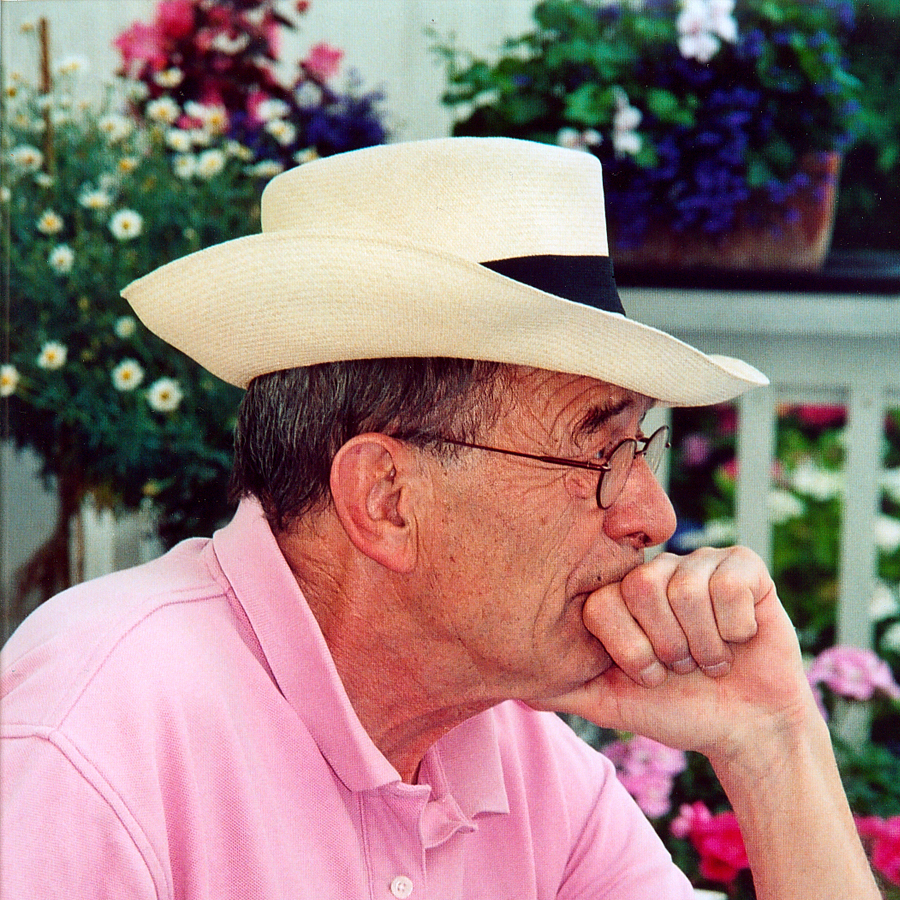
1971 bis 1996
2009
2015
2021
STYLE
Oil paintings, collages, graphics, and watercolors
ERAS
Themes
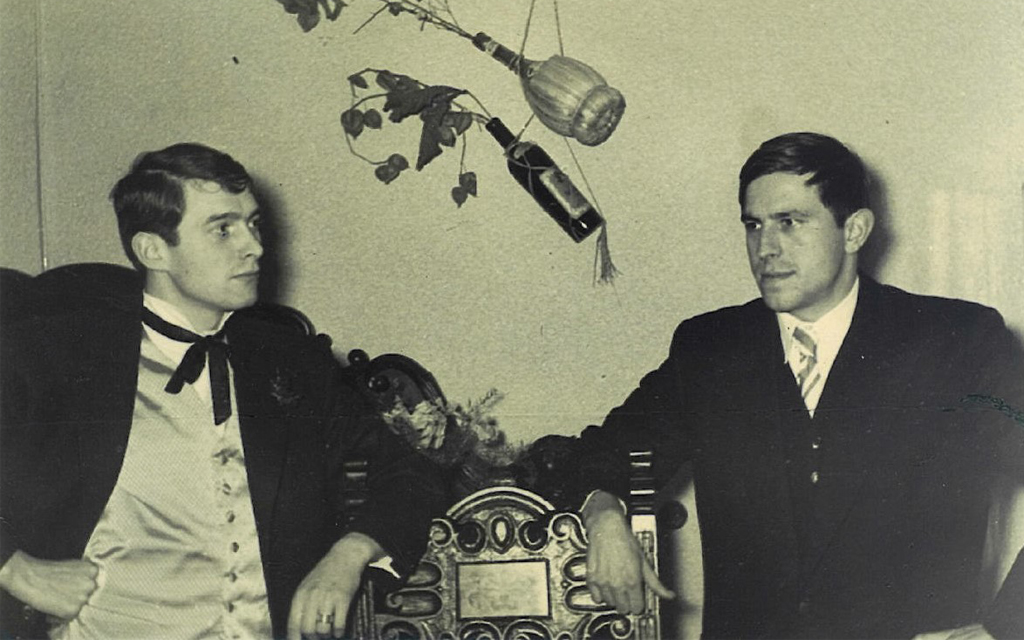
Abstract Period
Spain and Italy
Berlin Paintings
Humanistic-Christian Approach
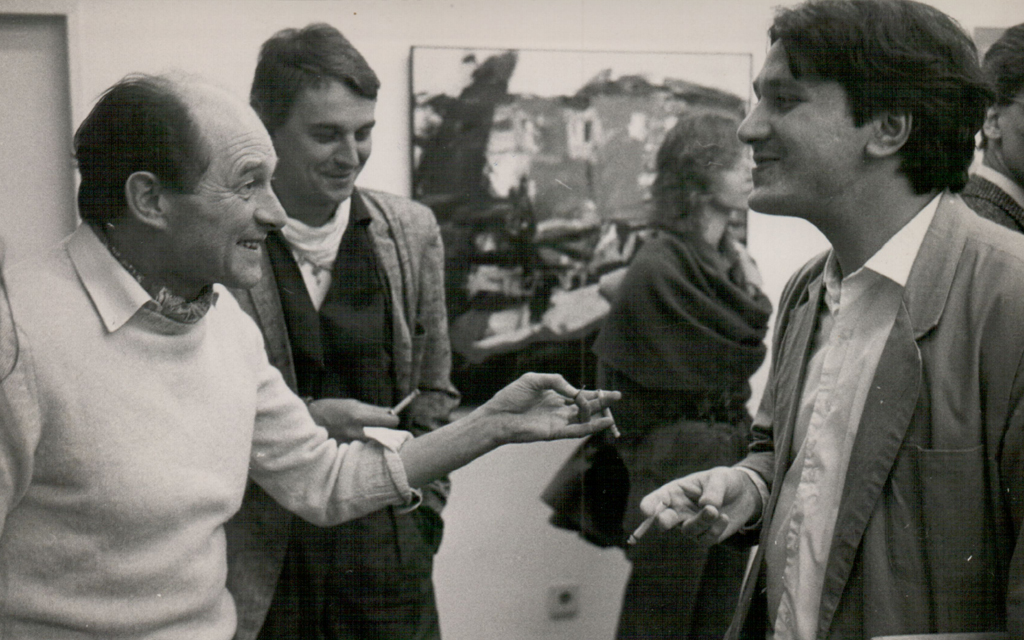

Latin America
Harz Landscapes
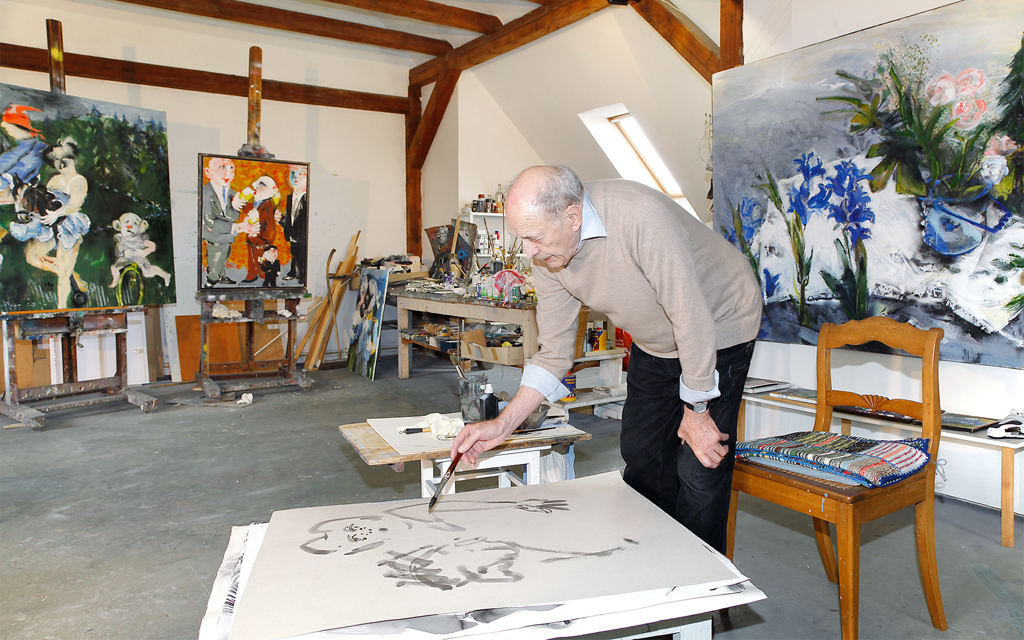

Politics and Art
STUDIOS
Veckenstedt, Barcelona, and Elba
Karl Oppermann Foundation
In collaboration with Harz University, the German artist established the 'Karl Oppermann Foundation' in 2008, featuring a collection of large-format oil paintings.
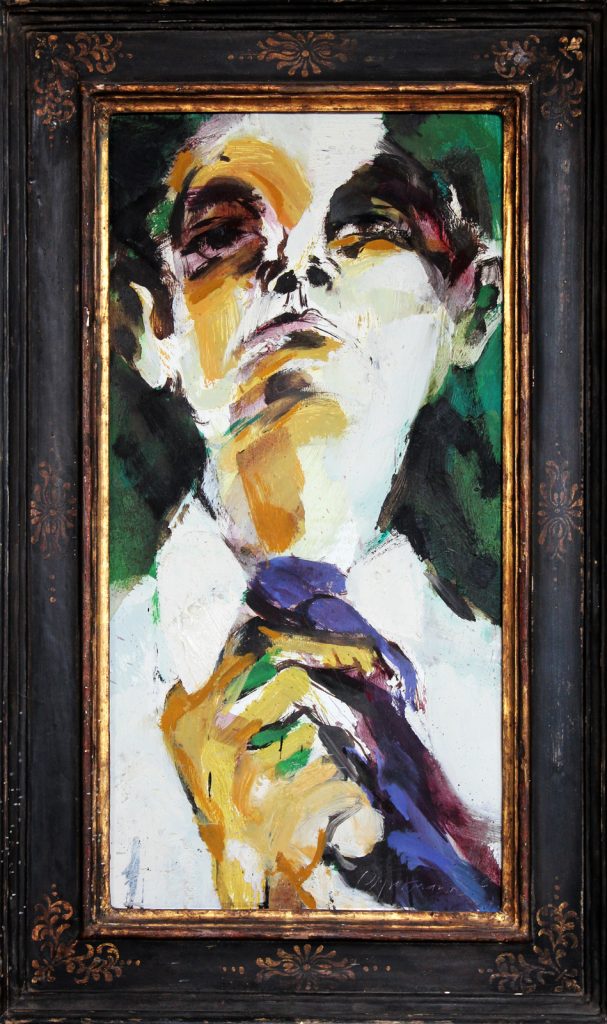
PRESENCE IN
German and international museums
- Jewish Museum Berlin
- Prussian Cultural Heritage Foundation / Kupferstichkabinett Berlin
- State Museum Bonn
- Kupferstichkabinett Dresden
- National Library of Madrid
- Berlinische Galerie
- Berlin Museum Foundation
REVIEWS
about Karl Oppermann
Wiebke von Bonin, the art critic of Westdeutscher Rundfunk, wrote: ‘And if you really want to get to know Karl Oppermann, take a look at his drawings. With all his spontaneity, he is here, with a sure stroke, he puts a figure on paper, often just a hint of form that the eye effortlessly completes.’ (…) ‘Oppermann’s drawings are a unique medium that he masters ingeniously.’ (Catalog Stiftung Burg Kniphausen, Dr. Wiebke von Bonin – cultural editor of WDR)
In 2015, Michael Freitag wrote the preface for the catalog ‘Pinturas’ for Oppermann’s 85th birthday.
Important texts about Oppermann can also be found in the NBK catalog ‘Berlin Artists of the Present, Issue 7,’ the foreword by Helmut Börsch-Soupan in ‘Berlin Paintings’ 1963-86 by Ernst A. Busche, and in ‘Prusiano Latino’ (biography) by Kerstin Englert.
“Künstler der Gegenwart”
Helmut Börsch-Supan
“Les Vagants”
Andrezej Wirth
“Berlin Bilder 1963-1986”
Ernst A. Busche
“Jäger und Gejagte”
Ernst A. Busche
“Karl Oppermann Prusiano Latino”
Kerstin Englert
Catalog Burg Kniphausen
Wiebke von Bonin
“Simplicissimus und Courage”
Christian Juranek
Foundation Brochure Catalog
Christian Juranek
Foundation Brochure Catalog





